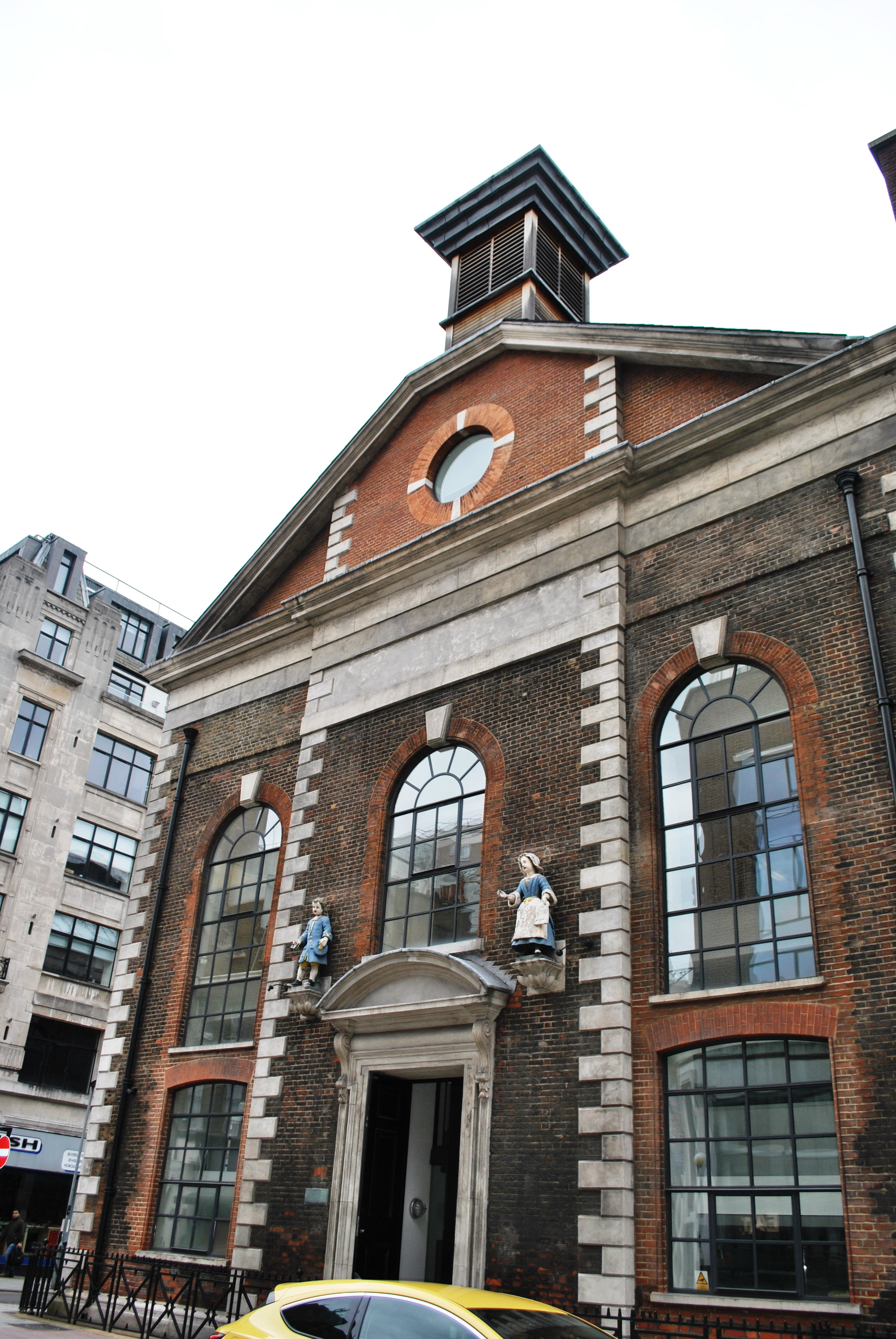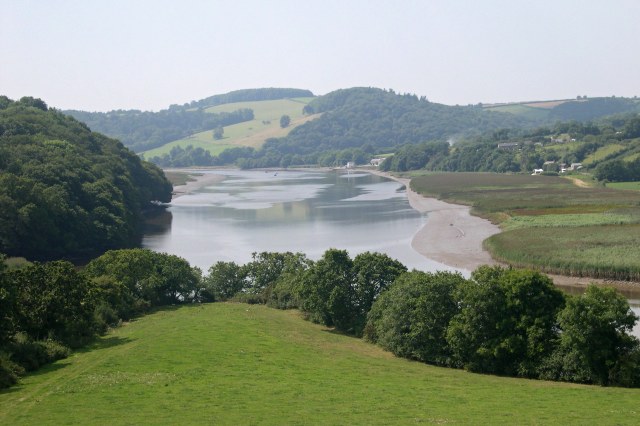|
John Spurgin
John Spurgin (1796–1866) was an English physician. He is known as a medical writer, inventor, and follower of the works of Emanuel Swedenborg. Life The son of William Spurgin, a farmer, he was born at Orplands, Bradwell-on-Sea, Essex. His father was a landowner and lord of the manor at nearby Brightlingsea. Spurgin was educated at Chelmsford grammar school from 1804. At some point he served a medical apprenticeship, with a doctor in Richmond, Yorkshire. There, in 1812, he met the Swedenborgian and army officer George Blakiston Robinson, maternal uncle of James John Garth Wilkinson; Spurgin early studied the works of Emanuel Swedenborg, whose ideas he gradually adopted. He was a pupil at St Thomas's Hospital 1813–15. William Charles Wells in 1813 was there, expounding on beauty and progress, natural selection and racial theory. On 3 July 1814, Spurgin was admitted to Caius College, Cambridge. Before he took up his place, he wrote in 1815 to John Keats, giving in a long letter ... [...More Info...] [...Related Items...] OR: [Wikipedia] [Google] [Baidu] |
Emanuel Swedenborg
Emanuel Swedenborg (, ; born Emanuel Swedberg; 29 March 1772) was a Swedish pluralistic-Christian theologian, scientist, philosopher and mystic. He became best known for his book on the afterlife, ''Heaven and Hell'' (1758). Swedenborg had a prolific career as an inventor and scientist. In 1741, at 53, he entered into a spiritual phase in which he began to experience dreams and visions, notably on Easter Weekend, on 6 April 1744. His experiences culminated in a "spiritual awakening" in which he received a revelation that Jesus Christ had appointed him to write ''The Heavenly Doctrine'' to reform Christianity. According to ''The Heavenly Doctrine'', the Lord had opened Swedenborg's spiritual eyes so that from then on, he could freely visit heaven and hell to converse with angels, demons and other spirits, and that the Last Judgment had already occurred in 1757, the year before the 1758 publication of ''De Nova Hierosolyma et ejus doctrina coelesti'' (English: ''Concernin ... [...More Info...] [...Related Items...] OR: [Wikipedia] [Google] [Baidu] |
Foundling Hospital
The Foundling Hospital in London, England, was founded in 1739 by the philanthropic sea captain Thomas Coram. It was a children's home established for the "education and maintenance of exposed and deserted young children." The word "hospital" was used in a more general sense than it is in the 21st century, simply indicating the institution's "hospitality" to those less fortunate. Nevertheless, one of the top priorities of the committee at the Foundling Hospital was children's health, as they combated smallpox, fevers, consumption, dysentery and even infections from everyday activities like teething that drove up mortality rates and risked epidemics. With their energies focused on maintaining a disinfected environment, providing simple clothing and fare, the committee paid less attention to and spent less on developing children's education. As a result, financial problems would hound the institution for years to come, despite the growing "fashionableness" of charities like the hos ... [...More Info...] [...Related Items...] OR: [Wikipedia] [Google] [Baidu] |
Section Of Tamar Mine
Section, Sectioning or Sectioned may refer to: Arts, entertainment and media * Section (music), a complete, but not independent, musical idea * Section (typography), a subdivision, especially of a chapter, in books and documents ** Section sign (§), typographical characters * Section (bookbinding), a group of sheets, folded in the middle, bound into the binding together * The Section (band), a 1970s American instrumental rock band * ''The Outpost'' (1995 film), also known as ''The Section'' * Section, an instrumental group within an orchestra * "Section", a song by 2 Chainz from the 2016 album ''ColleGrove'' * "Sectioning", a ''Peep Show'' episode * David "Section" Mason, a fictional character in '' Call of Duty: Black Ops II'' Organisations * Section (Alpine club) * Section (military unit) * Section (Scouting) Science, technology and mathematics Science * Section (archaeology), a view in part of the archaeological sequence showing it in the vertical plane * Section (bio ... [...More Info...] [...Related Items...] OR: [Wikipedia] [Google] [Baidu] |
Great Exhibition 1851
The Great Exhibition of the Works of Industry of All Nations, also known as the Great Exhibition or the Crystal Palace Exhibition (in reference to the temporary structure in which it was held), was an international exhibition which took place in Hyde Park, London, from 1 May to 15 October, 1851. It was the first in a series of World's Fairs, exhibitions of culture and industry that became popular in the 19th century. The event was organised by Henry Cole and Prince Albert, husband of Victoria, Queen of the United Kingdom. Famous people of the time attended the Great Exhibition, including Charles Darwin, Karl Marx, Michael Faraday (who assisted with the planning and judging of exhibits), Samuel Colt, members of the Orléanist Royal Family and the writers Charlotte Brontë, Charles Dickens, Lewis Carroll, George Eliot, Alfred Tennyson and William Makepeace Thackeray. The opening music, under the superintendence of William Sterndale Bennett, was directed by Sir George Sm ... [...More Info...] [...Related Items...] OR: [Wikipedia] [Google] [Baidu] |
River Tamar
The Tamar (; kw, Dowr Tamar) is a river in south west England, that forms most of the border between Devon (to the east) and Cornwall (to the west). A part of the Tamar Valley is a World Heritage Site due to its historic mining activities. The Tamar's source is less than from the north Cornish coast, but it flows southward and its course runs across the peninsula to the south coast. The total length of the river is . At its mouth, the Tamar flows into the Hamoaze before entering Plymouth Sound, a bay of the English Channel. Tributaries of the river include the rivers Inny, Ottery, Kensey and Lynher (or ''St Germans River'') on the Cornish side, and the Deer and Tavy on the Devon side. The name Tamar (or Tamare) was mentioned by Ptolemy in the second century in his ''Geography''. The name is said to mean "great water."Furneaux, Robert. The Tamar: A Great Little River. Ex Libris Press. 1992. Foot, Sarah. ''The River Tamar''. Bossiney Books. 1989.Neale, John. Discovering ... [...More Info...] [...Related Items...] OR: [Wikipedia] [Google] [Baidu] |




